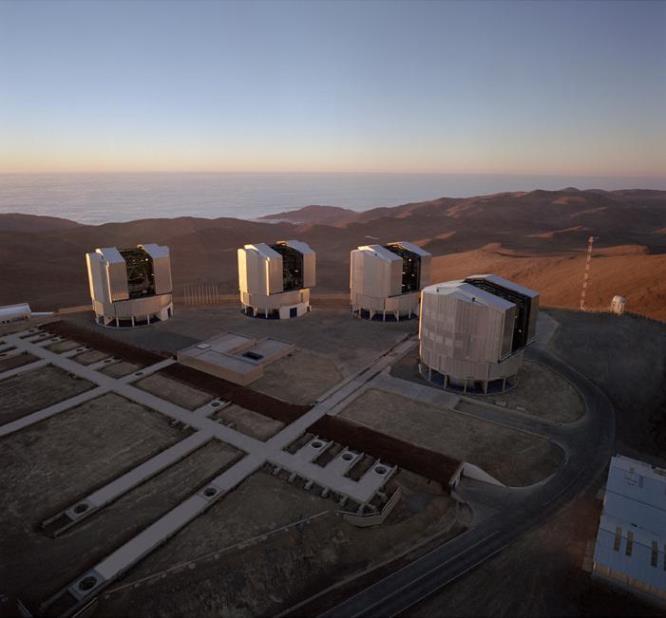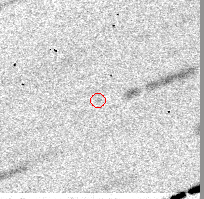The Recovery of 2009 FD, a Potentially Hazardous Asteroid
The Recovery of 2009 FD, a Potentially Hazardous Asteroid

operator neo

The first recovery campaign carried out by the ESA NEO Coordination Centre in coordination with ESO, using the Very Large Telescope (VLT) (VLT telescopes on the Paranal mountain in Chile; Credit: ESO) turned out to be a success. Before the campaign, asteroid 2009 FD was ranked among the top five objects in the risk list. Now the associated value on the so-called Palermo scale (http://neo.jpl.nasa.gov/risk/doc/palermo.html) has dropped by almost a factor of ten to a value of -2.6 (from -1.8 on the logarithmic scale).
The observations were performed by a team including Olivier Hainaut (ESO), Detlef Koschny (ESA), and Marco Micheli (NEOCC team, ESA/Serco), with the FORS2 camera on the 8.2-meter VLT telescope on Cerro Paranal in Chile. Images of the area of the sky where the object was located were obtained on five different nights, between 30 November and 5 December 2013.
It was a challenging recovery. Although it was possible in the first night to locate the asteroid position with good accuracy, the following two nights the observing conditions were worse.

Both the European NEODyS system and the JPL-based Sentry system performed orbit determination and impact monitoring using the new observations. These computations showed that there are still some low-probability impact solutions, ranging from the years 2185 to 2198. Yet they are likely to disappear within the next few months, when 2009 FD will become progressively brighter, peaking at a magnitude of V=19 in mid-March 2014, thus ensuring a proper astrometric coverage.
The successful recovery of 2009 FD shows that having access to a large telescope such as the VLT is a great opportunity for the NEO Coordination Centre, since it gives a chance to obtain astrometric observations of very faint objects (down to visual magnitude 25.5) which only very few people and instruments in the world can do.
Links:
Palermo scale: http://neo.jpl.nasa.gov/risk/doc/palermo.html
The Very Large Telescope: http://www.eso.org/public/teles-instr/vlt/
ESA's SSA-NEO Coordination Centre: http://www.esa.int/Our_Activities/Operations/Space_Situational_Awareness/About_SSA-NEO_Coordination_Centre
European Southern Observatory: http://www.eso.org
ESA/ESO Collaboration Successfully Tracks Its First Potentially Threatening Near-Earth Object: http://www.eso.org/public/announcements/ann14004/
